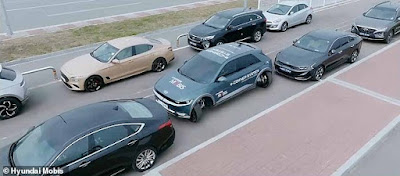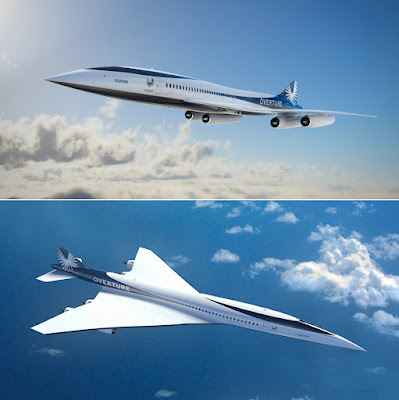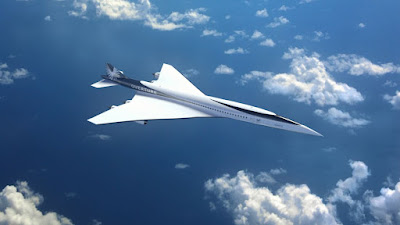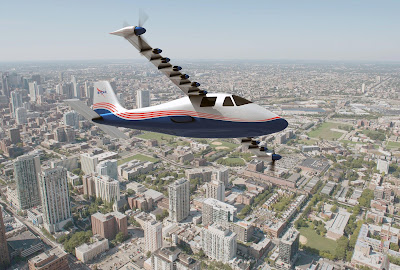DAILY INNOVATION BRIEF by Maryanne Kane, Journalist

D AILY INNOVATION BRIEF By Journalists Edward Kane & Maryanne Kane HYUNDAI'S CRAB DRIVING ELECTRIC CAR Source: Hyundai South Korean automaker Hyundai has created a crab driving, electric vehicle that can parallel park into a tight parking space on autopilot This remarkable piece of automotive engineering can also drive sideways Hyundai just debuted its e-Corner sys...









